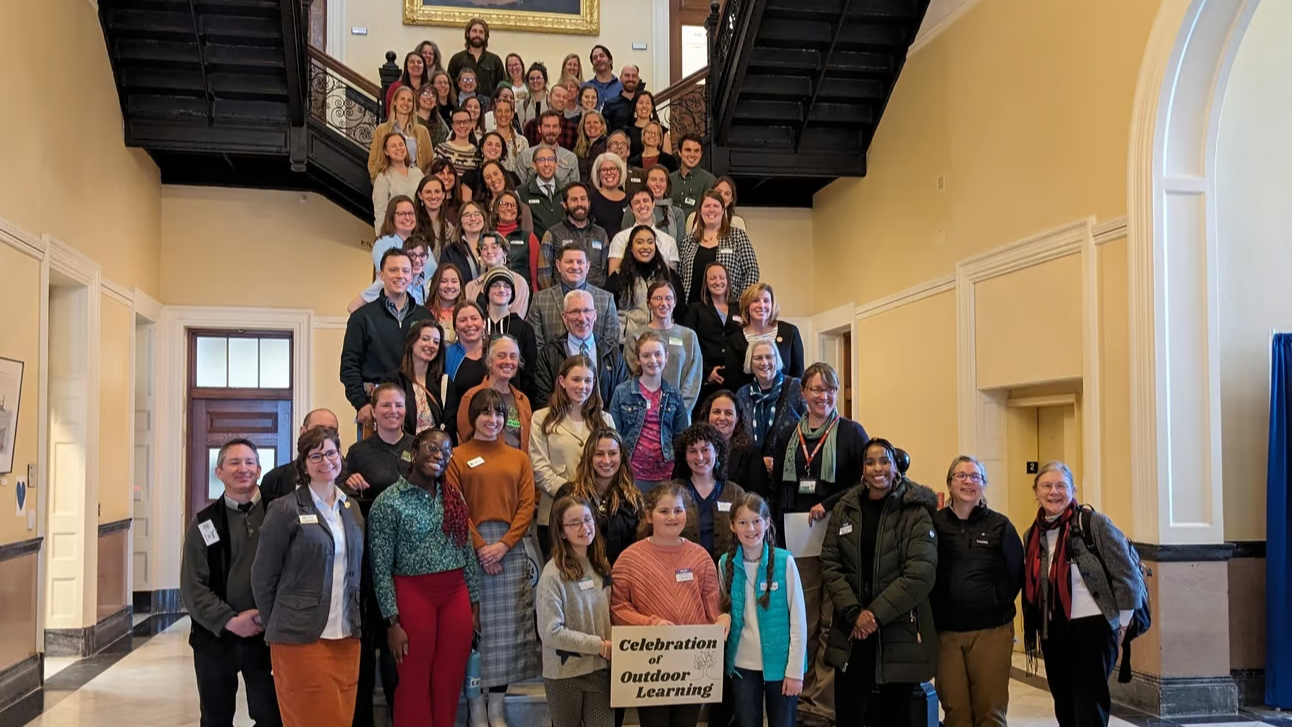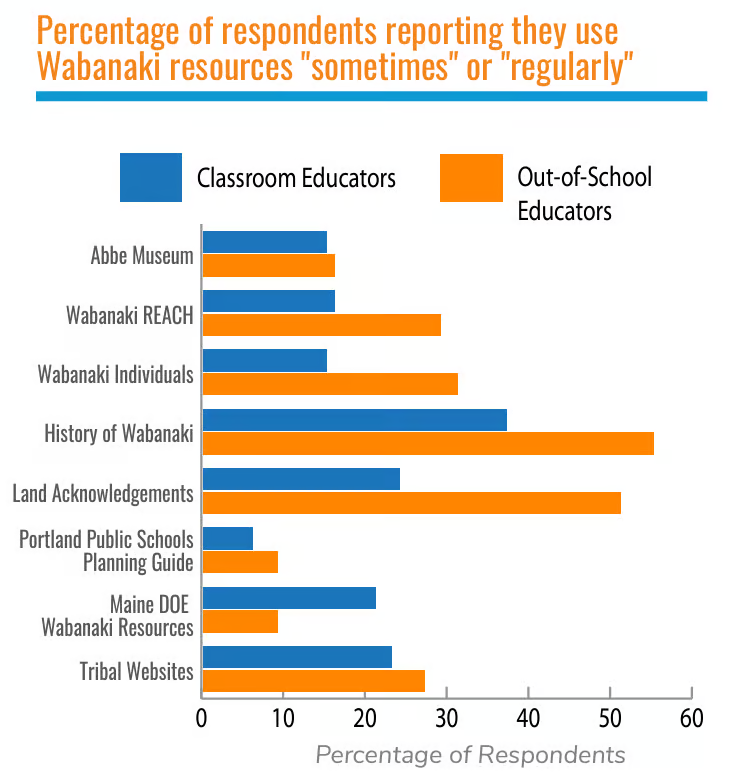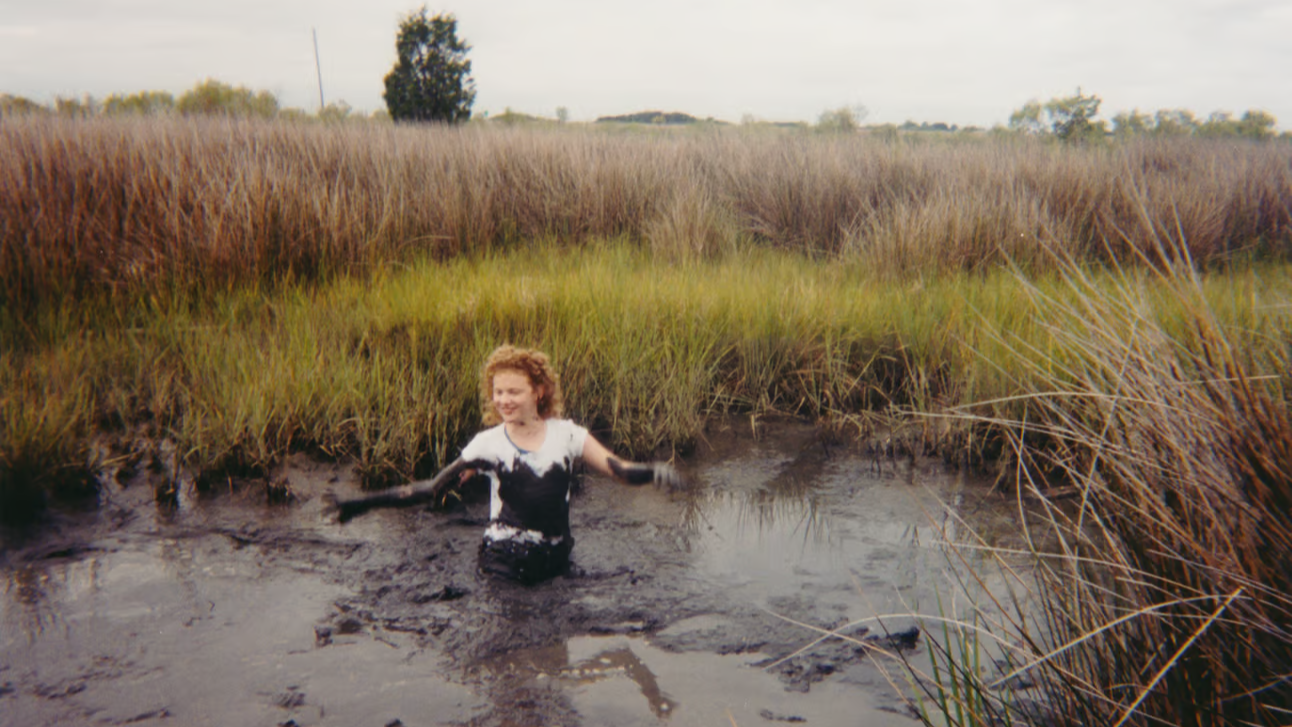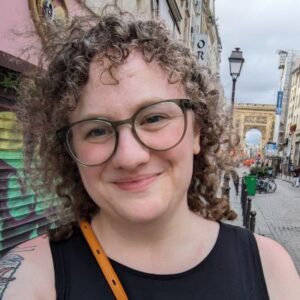What are your earliest memories of nature?
I think of looking for salamanders under mossy rocks in Maryland creeks with my best friend, or of learning to fish and canoe with her during summer vacations to the Maine coast — fireflies in the meadow at sunset, dewy grass under bare feet.
I remember hunting for fossils at Maryland’s Calvert Cliffs with my godmother.
In middle and high school, I took camp and school trips with the Audubon Society to Chesapeake Bay Foundation houses on tiny, eroding fragments of land like Smith Island, off Maryland’s Eastern Shore. We threw crab pots for dinner and walked to the general store for towering slices of Smith Island cake.
We waded up to our waists in thick marsh muck that stank of decay and swallowed spare sneakers. Among the wetland grasses, we learned about the food chain, endangered species and the fragile Bay estuary ecosystem.
As I’ve grown up and my career has honed in on environmental issues, I’m often asked about my education and how I got here. I have no formal science training; I studied classics and journalism in college.
It’s this foundation of outdoor education that gave me my connection to the natural world — a sense of my place in it, and an awareness that human actions can and do change the planet.
Teachers in Maine are increasingly pushing for more resources to expose their students to this kind of “place-based” climate and environmental learning. They gathered in Augusta this week to celebrate that effort and look to expand it.
“We know that this type of work is good for our kids, and we also know that it’s good for our communities and our planet by having a citizenry that’s informed and that cares,” said researcher Alexandria Brasili of the Maine Mathematics & Science Alliance in remarks at the event, where her group unveiled its latest Census of Community-Based Outdoor and Environmental Learning.
Their last such report, in 2019, showed a clear need for assistance with climate education and helped lead to Maine’s new pilot grant program that pairs educators with local nonprofits to learn new ways of teaching that topic.

The first grants from the program were announced in January, and the state will soon convene a task force to look at the next four years of Maine climate education (folks who want to join can fill out a form at that link through April 8).
In this year’s census, pre-kindergarten, high school and out-of-school educators — those in childcare settings, for example — expressed the greatest need for help and funding to expand environmental learning. The top subject where they called for more resources and support was Wabanaki history and culture.
Though this was a “top-rated need,” the census said, “existing resources and materials were underutilized.” Teachers said they were looking to better involve Wabanaki people directly in how they taught those materials, and for more help creating age- and culturally appropriate lessons.
Brianne Lolar, a Panawahpskek citizen (that’s the endonym, or name in their own language, for the Penobscot Nation), is the state Department of Education’s first Wabanaki studies specialist. She’s highlighted legislative efforts on this front and visited schools with fellow tribal citizens, including, recently, showing archaeological finds from Blue Hill to a high school humanities class in Old Town and discussing repatriation efforts for Wabanaki remains.
Lolar will lead trainings for educators around the state this spring on how to use existing Wabanaki curriculum tools, in and out of the classroom.
“By making space for Wabanaki studies at the (Maine) Department of Education, the zone of sovereignty has grown,” Lolar said at the Statehouse event. “As the first scientists of this land, Wabanaki educators have much to offer, and a department that honors traditional knowledge not only builds trust and lasting relationships, it gives hope for the future.”

This highlights how outdoor and environmental education, like climate change in general, are intersectional — the way a single topic like food or water can overlap and interact with so many others. And the same goes for ways the benefits of this education can reach the whole child, beyond a test or grade.
For students isolated and overwhelmed by a pandemic and so many other modern horrors, “the antidote is time outside,” said Sarah Timm, the outdoor learning coach for the Oxford Hills School District, at the Augusta event. It improves her students’ academic, behavioral and social outcomes, she said.
Speaking to the Statehouse attendees in a world-class cheerful, curious teacher voice, fourth-grade instructor Maggie Corlett of Meroby Elementary School in Mexico, Maine, listed moments in nature that can shape young lives: A group of kindergarteners learns teamwork, problem-solving and their own power as they move a big log together; a child struggling with their emotions takes a moment, lying on a rock by a brook, to listen and be calmed by the sound of water; a deer print or a pollen-laden bee on a flower inspire a class long after they go inside.
These formative experiences stick with students, advocates said — and when it’s time to learn in high school or college about the science or policy of something like energy or biodiversity, they’re armed with a personal investment in the real-world stakes of the topic — something scientists and activists say is key, in how we communicate about climate change, for inspiring action.
These stakes have hit home for my own formative outdoor experiences whether I like it or not. Smith Island, Maryland, where I once learned how wetlands protect us from floods, is sloughing into rising seas as the tiny community grapples with its future.
On what’s left of nearby Fox Island, the oldest residential education center of the Chesapeake Bay Foundation (CBF) closed permanently in 2019 due to rapid erosion and the increasing threat of inundation and storms.
“Education creates the foundation for a conservation ethic. It instills environmental values in our communities and gives us the tools to build resilience,” wrote Cindy Dunn, Pennsylvania’s Secretary of Conservation and Natural Resources and a former CBF educator, in a farewell to Fox Island in 2019. “For all the students, teachers, and visitors who mucked (Fox’s) marshes, the connection to the Bay — and the outdoors — will far outlast the island.”
Maine students like Audrey Hufnagel of Lincoln Academy in Damariscotta say they need more climate education, tied to real events like the December and January floods, in order to be “properly prepared (with) the skills and knowledge to take action.”
The state’s existing curricula on this topic, Hufnagel said in Augusta, has only scratched the surface.
The more educators can dig in with real-world, outdoor connections, she said, the better equipped students will be to inherit and shape a precarious future.







